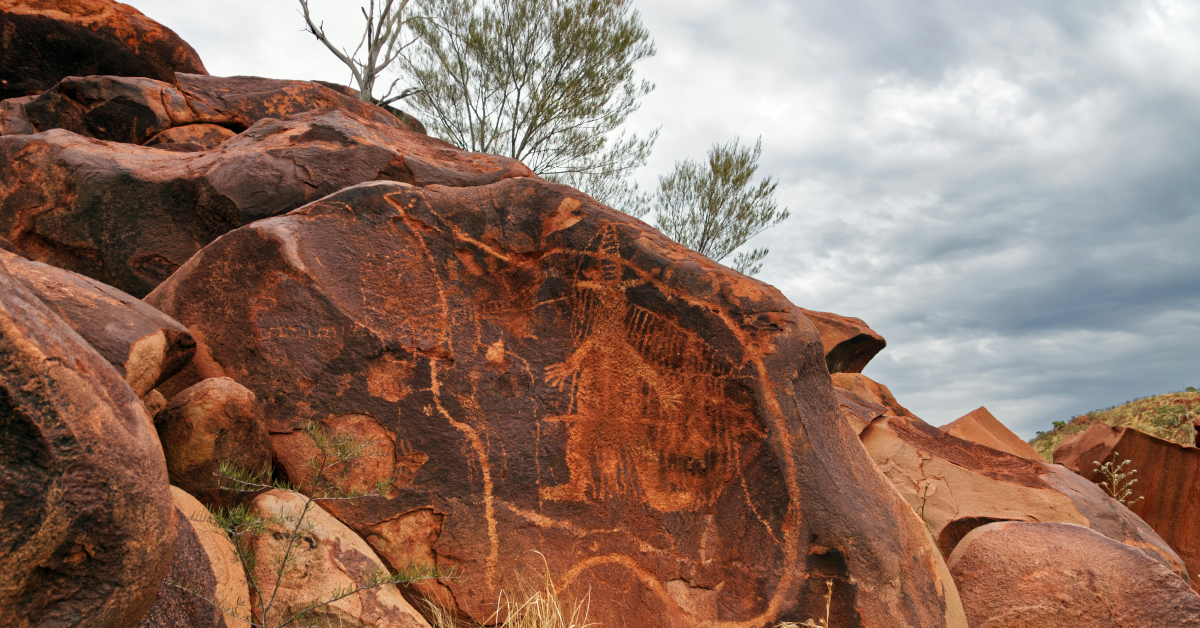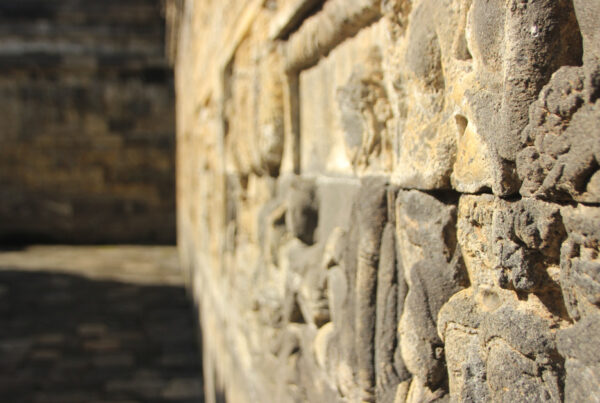Australia has a rich history hidden below the surface in the form of aboriginal artefacts. Distinguishing these significant cultural objects from ordinary rocks can be quite challenging, and misidentification can cause the loss of our invaluable cultural heritage. Here’s how we can confidently differentiate between Aboriginal artefacts and mechanically fractured natural stone to preserve Australia’s rich Aboriginal cultural history.
What are Aboriginal Artefacts
Aboriginal artefacts are tangible remains of Aboriginal cultures, offering invaluable insights into the past. These objects, often crafted from stone, provide evidence of different technologies, lifestyles, and spiritual practices. Common stone artefacts include:
- Cores: The original piece of stone from which flakes are extracted.
- Flakes: Sharp fragments removed from a core during the toolmaking process.
- Scrapers: Tools used for various tasks, such as preparing animal hides.
Aboriginal stone tool technologies can vary across different regions of Australia, reflecting adaptations to diverse cultural traditions and environments.
What are Mechanically Fractured Stones
Nature can transform raw stone into various shapes over time through elements like temperature, water, and wind, creating fragments that can resemble human artefacts. These naturally fractured stones usually have sharp edges, irregular shapes, and lack distinctive patterns of human craftsmanship. Distinguishing these naturally formed rocks from Aboriginal artefacts is a real challenge due to their sometimes similar appearance.
Key Features of Aboriginal Artefacts
Aboriginal people were skilled in making stone tools using different techniques. For percussion flaking, they had to strike a stone with another object to remove flakes, while pressure flaking needed bone or antler to detach smaller flakes. These methods left their marks on the artefacts.
A distinct mark of many artefacts is the bulb of percussion. It is a raised area on the striking platform caused by the impact. Ripple marks typically appear on the underside of flakes, indicating human craftsmanship. Patina, a natural coating that develops over time, can also provide clues about an object’s age, though it may also be present on naturally fractured stones.
Important Features of Mechanically Fractured Stone
Mechanically fractured stones exhibit random and irregular fracture patterns. Unlike artefacts, which generally show evidence of intentional shaping, these rocks lack purposeful modifications characteristic of human work. Their edges can appear sharp, but they do not have the controlled and precise flaking found on tools. Moreover, fresh fractures might be present. This indicates recent breakage due to natural forces and no human intervention.
Advanced Identification Techniques
Scientific methods can assist in distinguishing Aboriginal artefacts from mechanically fractured natural stones. Techniques include:
- Microscopy: Examining microscopic features of the stone.
- Geochemical analysis: Finding out the stone’s composition.
While these techniques provide valuable data, we still need the expertise of experienced archaeologists. An understanding of Aboriginal toolmaking traditions, knowledge of regional stone types, and site context are always required. If you find a potential artefact and want to know its origin, consult a qualified archaeologist or heritage consultant specialist. Do not disturb the site, as this can damage or destroy important information.
Preservation and Protection
Distinguishing Aboriginal artefacts from mechanically fractured natural stones is is crucial for preserving Australia’s rich cultural heritage. Understanding this helps you contribute to their protection. If you discover a potential artefact, handle it with care and report it to the appropriate authorities. For more information about heritage management and Aboriginal artefacts, explore our website for relevant resources and information.




